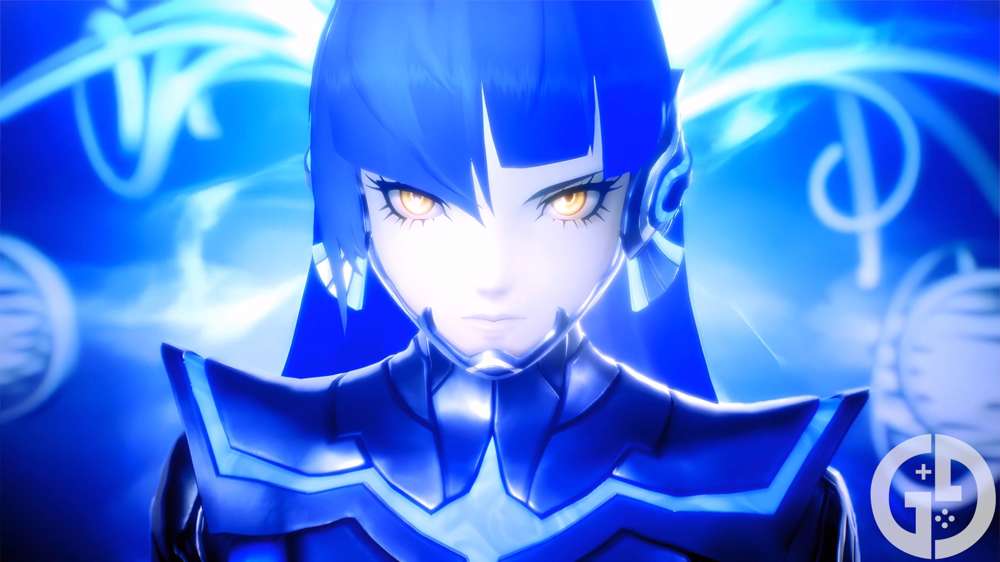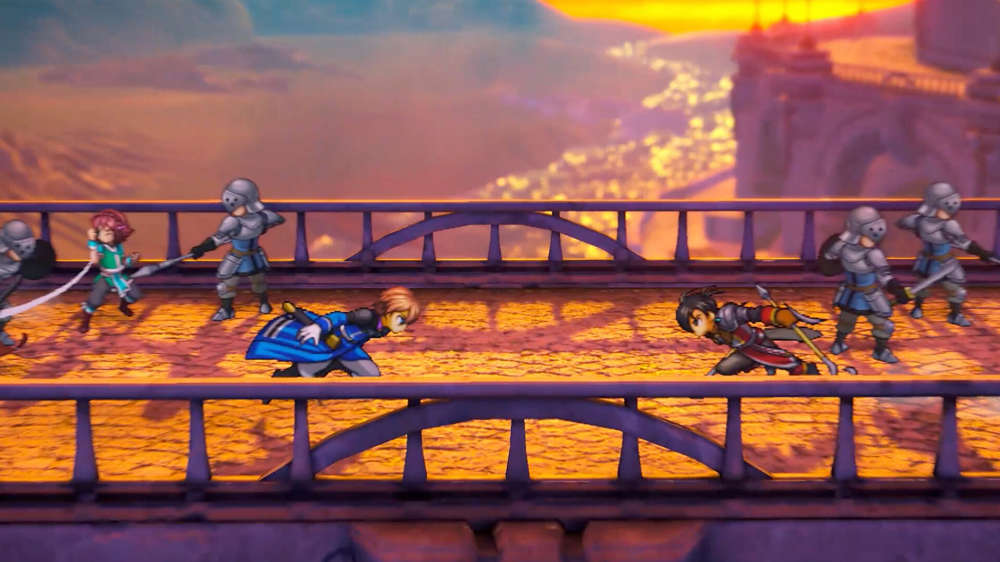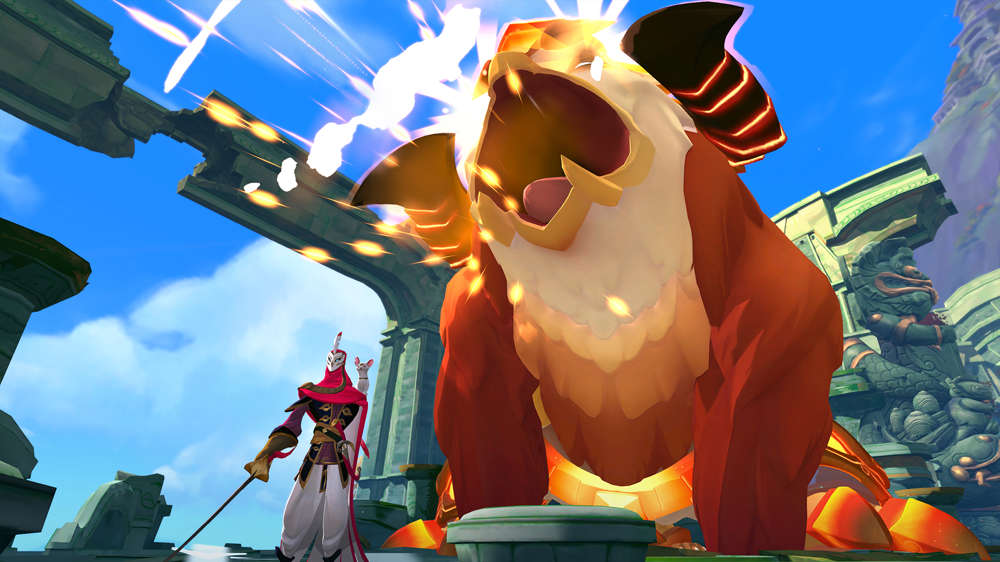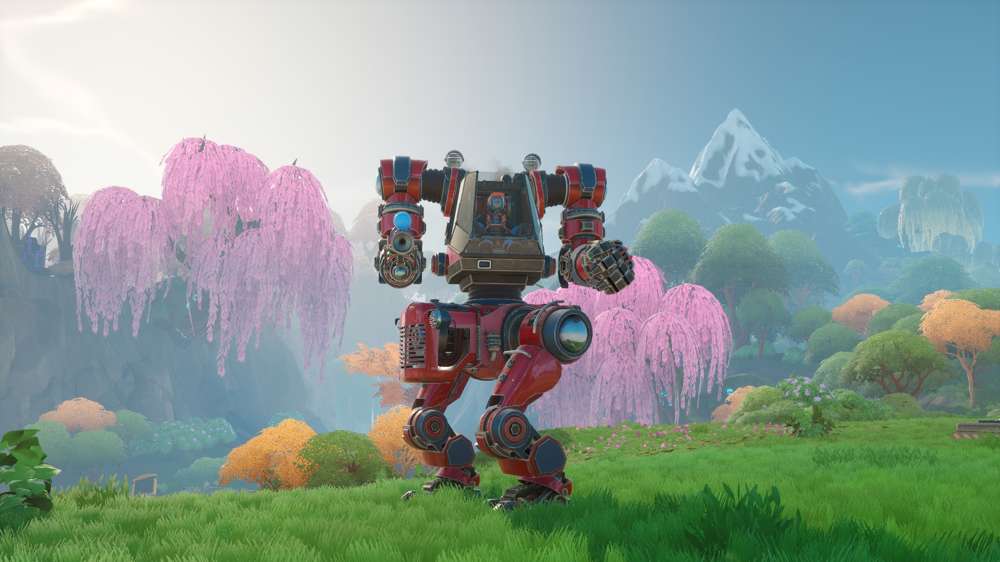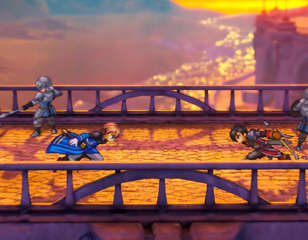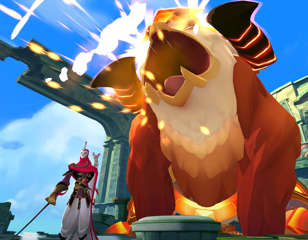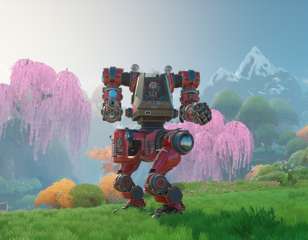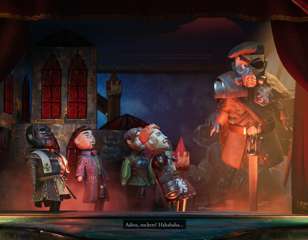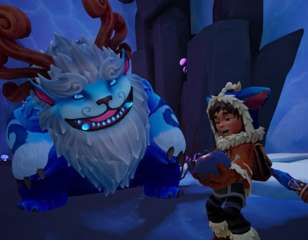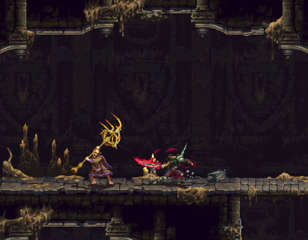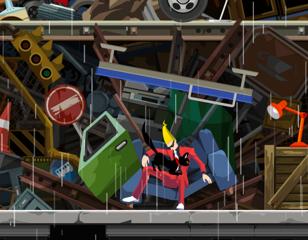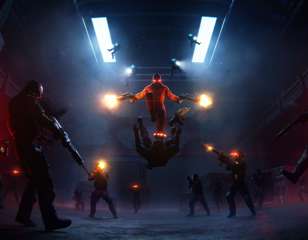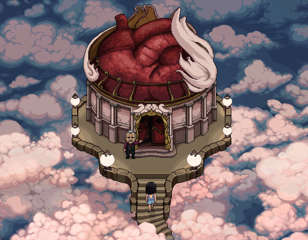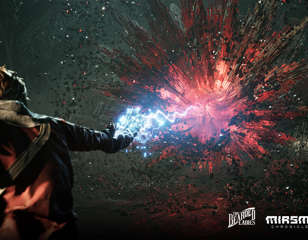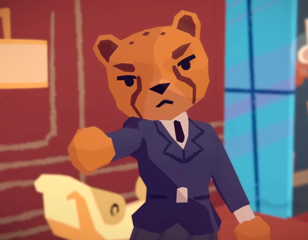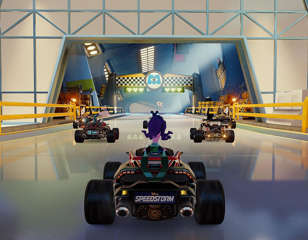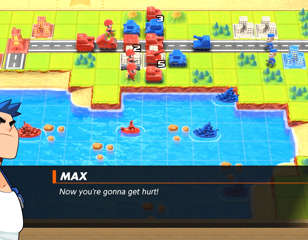Digimon Survive Review: "A different experience in a familiar world"
Digimon Survive is the new game of the famous series that now comes exploring a new style of telling a familiar story.
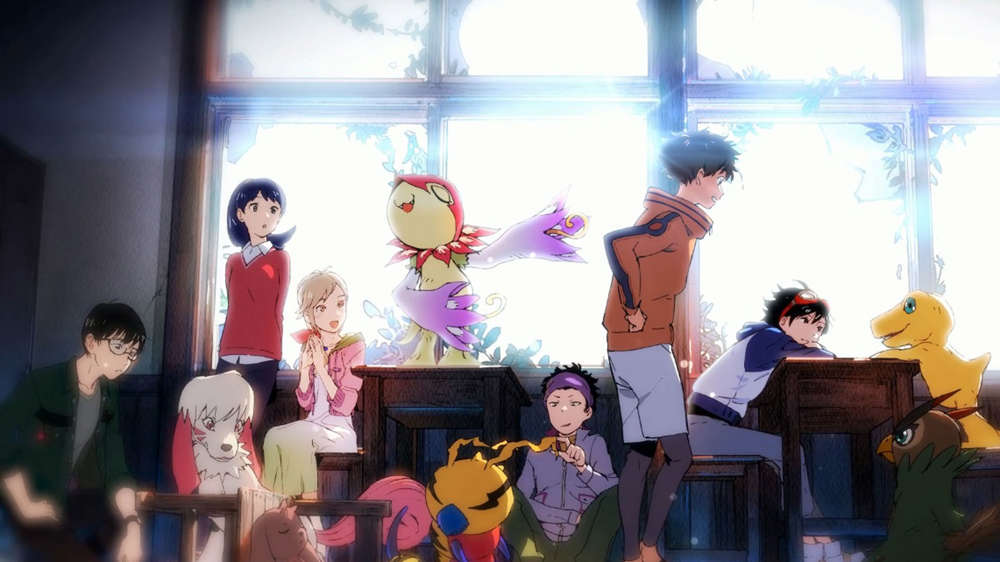
At its core, Digimon Survive presents you with a familiar story but, at the same time, wild lore differences that fans of the franchise may feel conflicted about. The most iconic elements of the series are present, such as the members of the group being only kids, each of them having personalities strongly centred on stereotypical anime-like archetypes, and, of course, Digimon that will evolve into more crazy and strong versions with lots of prefixes added to their names. On the other hand, the game uses different tools to make us explore the world it is portraying while changing the focus of the narrative to a more personal, mature, and grey one. In order to create something new out of a well-established series, Digimon Survive tries to tell a different story in a very familiar world.
Forgetting The Past
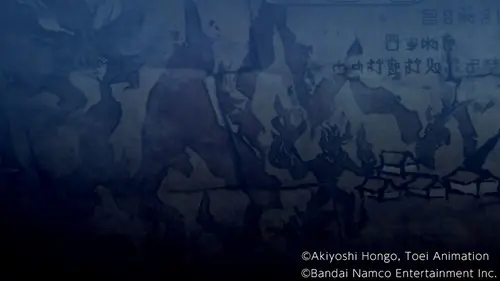
As part of the game’s movement of creating a new experience, Digimon Survive brings a fresh way to see the world of Digimon. First, part of the series terminology is avoided or completely removed. The game represents Digimon not as “digital monsters”, aware of their condition as such, but only as creatures in a different world that have been connected to ours from time immemorial, taken many times as deities.
Making them supernatural creatures perceived differently by our culture during history is an interesting approach, but far from innovative. If these creatures are not Digimon, what are they? If they are not creatures made of digital information, then how can we understand them? The idea of perceiving Digimon from another perspective is welcomed, but also quite challenging one to anyone who has spent years talking about DigiWorld. Because of that, playing the game becomes a constant internal fight to disassociate what we are seeing from what we already know without having anything better to replace the now unused concepts.
Focus On Characters
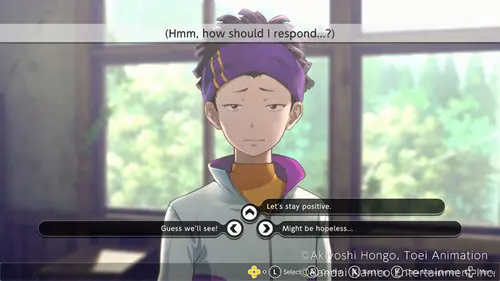
Digimon Survive is about telling more personal stories in the middle of its main fight-the-evil plot. Visually the game brings a more gentle and intimate atmosphere, meeting the game’s identity which orbits around the concept of going deep into the subjectivity of each of the kids involved.
They are not two-dimensional characters, but people with a past, traumas, hopes, dreams, and fears that are always present haunting or helping them. Digimon Survive makes sure to remind us that the main characters are only children who must find a way to get out of daring and dangerous situations.
Shuuji is the oldest among the group and is thrown the responsibility for their safety by his colleagues, while also trying to keep himself from harm. While most of the time he is afraid of taking action, his necessity of occupying the role of leader is part of his sentiment that constantly compares himself with his brother. He carries the belief of being the younger less-skilful brother who must prove his value.
In spite of having interesting characters like Shuuji who most of the time is terrible and cruel to his Digimon companion, the writing is not successful in bringing nuance to every character. Among the main cast of Digimon, for example, there are some of them that are as complex as the use of the suffix “-mon” in every name to designate their condition as Digimon. The mix of good and flat characters is the main element of Digimon Survive’s narrative.
A Slow But Touching Story
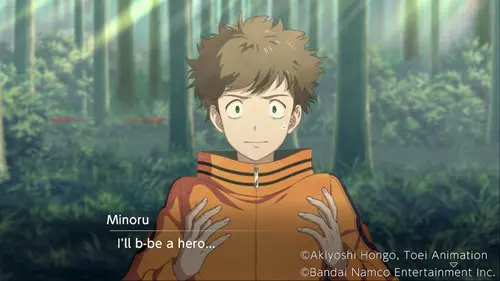
To experience the full Digimon Survive story, the game takes players through hours of (some) voiced-over dialogues, a considerable amount of text, and animated representations of the characters on the screen, which is very visual novel-esque. Moreover, there are also moments where players are provided with more than one answer to pick from, directly affecting story arcs. Dealing with some of the conversations can be tiresome, even more so if some Digimon are present since their lines can sound like computer-generated speech in the 2000s.
In other situations, the game seems too eager to present moral dilemmas that it ends up failing in making them matter at all to us. However, by being visual novel-led, Digimon Survive acquires the mechanism to create the pace it needs. Due to how heavily the game focuses on the characters, the use of the visual novel design seems to fit perfectly as the means to make us follow the kids' internal processes.
At the same time, the game has moments of battle too. They are present in the game, not as challenges for players, since most of them are so easy. Changing the difficulty to hard will be a necessity for players that are looking for more exciting fights. The main battles in the game, however, are landmarks of character development, pinpointing the addition of another layer to the kids individually or as a group.
A Quite Lifeless World
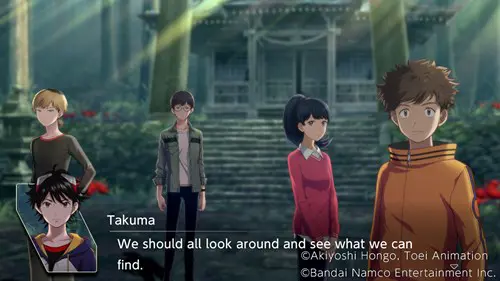
While fighting and talking have a lot to do with knowing more about the characters, part of how we get to know the world is based on our capacity of exploring places. This is our tool to reach out to characters, and find out about their thoughts, but it is also how we see the rooms in an abandoned school, a mural in a temple, or the areas in an amusement park.
Because of how the game’s world works, exploring it is an instigating idea. We could find an old bus in the middle of the woods just waiting to make us curious and nostalgic. Nonetheless, not even a world of multiple possibilities like this one was enough to help Digimon Survive exploration to be fun.
The world is only there to be used as the story’s backdrop since there is nothing unrelated to the main quest to interact with. The Digimon series has a roster of characters big enough to have one or two that would fit perfectly as a creature that lives in the woods or a ghost that haunts the bathroom of the old school. The absence of a living world makes exploring only understandable if one wants to find consumables or some of the very few hidden items that the game offers. Otherwise, the main story grabs all the attention.
Digimon Survive, by bringing all of the above elements, comes up as a great game that shows us all that even in a familiar world we can have new, different, and touching experiences. Survive tells personal and compelling stories to those that are willing to keep up with its pace. It could, of course, improve in some aspects. Overall, Digimon Survive is a well-put-together game that doesn't particularly falter.
4/5
Reviewed on Nintendo Switch. Code Provided by the publisher.
Comments

